Daily Tour
Unlimited
English
About this tour
Highlights
- Mount Manaslu 8163m is the World’s 8th Tallest Peak
- Larkya La Pass 5160m, a Challenging and Beautiful Pass
- Two Iconic Touristic Regions of Nepal (Manaslu & Annapurna)
- Beautiful RIvers, Waterfalls, Suspension Bridges
- Diverse Vegetation (Temperate to Tundra)
- Nubri & Pungyen Monasteries, Chhortens and Mane Walls, Birendra Lake
- Multiethnic Villages (Brahmins, Chhetris, Dalits, Gurung, Sherpa, Tibetian)
- Local Diversities of Cultures along the trail
- More than 2 Dozen Mountain Vistas
Included/Excluded
- Airport Pick up and Drop by Private Car upon arrival and departure
- Hotel Accomodation (Shared Room for Minimum 2 Pax and Single Room for Private Trip) in Kathmandu & in Tea Houses as per Itinerary
- All clean Standard Teahouses (Shared Room for Minimum 2 Pax and Single Room for Private Trip) in Machha Khola, Jagat, Dyang, Namrung, Samagaon, Samdo, Dharamsala/Larkya Phedi, Bimthang, Tilche, Chamje Village as per Package booked
- Overland transport from Kathmandu to Jagat by Local Bus
- Overland transport from Chamje Village to Kathmandu by Jeep & Local Bus
- Meals 3 x a day as per mentioned in Itinerary
- Company Duffle Bag to lend for trekking
- Sleeping Bag to lend for trekking
- Seasonal Fruits during trekking
- Professional Experienced Licensed English Speaking Guide
- Porter (1 Porter for 2 People with maximum luggage 25 kgs)
- Manaslu Special Permit
- Manaslu Conservation Area Permit
- Annapurna Conversation Area Permit & Government Tax
- Nepal Visa Online Application Service
- Emergency Evacuation Management / Service by Horse or Helicopter
- Farewell Dinner before Departure
- Official Trekking Certificate from our Company
- Flight ticket to Nepal & Travel Insurance
- Tourist Visa On Arrival Fee --> 15 Days = USD 30, 30 Days = USD 50
- Tips for Guide & Porter
- Extra Accommodation which is caused by your early arrival or late departure other than the trek date, and if you are back to Kathmandu early from the trek due to any problem or rescue (other personal reasons).
- Extra Airport transfer cost if you have to return back from Kathmandu/Ramechap airport to hotel again and again go to Lukla airport because of weather problem (flight cancellation).
- Horse Rent / Helicopter Cost/Expenses for Emergency Evacuation or Personal Request
- Personal Expenses for trekking such as mountain gear or equipments, shopping, wifi/nepal simcard, phone/battery charge, hot water/shower, extra personal meals, drinks (mineral water), snacks, laundry etc
- Other Personal Expenses which are not included in the above facilities.
Itinerary
You arrive in Kathmandu today and our company staff will pick you up at Tribhuvan International Airport then drop you at Hotel. Our Staff will also give briefing you about the Manaslu Circuit Trek and hand over duffle bag for your to pack your stuff for trekking. Payment on the balance trip cost also will be done today. If you come in the morning or early time today, we will have welcome dinner otherwise we will provide you with packed dinner in your room from the hotel you stay. Our Staff will also inform you what time you must wake up & prepared the following morning for driving to Ramechap. Overnight in Kathmandu
Today is your first acclimmatisation day in Kathmandu after long flight from your country. While taking rest at hotel you might also do walking around Kathmandu Area and prepare your equipment for trekking while our company staff will make Manaslu Permit on this day. In the evening we will invite you for welcome dinner and briefing about Manaslu Circuit trek. Overnight in Kathmandu.
Today we will drive from Kathmandu to Machha Khola. The road distance from Kathmandu to Machha Khola is approximately 143 kilometers. The journey typically takes around 8 to 9 hours, depending on road conditions and traffic. While the duration may vary, it's important to note that the scenic beauty and cultural encounters along the way make the journey well worth it. Overnight in Machha Khola
It takes 5 to 6 hrs to reach Jagat from Machha Khola passing throughout the Gurung villages Khorlabesi, Tatopani, Dobhan, Yuru Khola along Budigandaki valley. This trek is perfect for those who want to experience the natural beauty of Nepal and also want to get a glimpse of the local culture and lifestyle. Overnight in Jagat
Jagat to Dyang trek through the riverbank & hills is an adventurous experience as you will get to see different nature beauties. The trail is largely populated by dense sub-tropical forest of oak, birch, and pine trees. You cross several suspension bridges on the way to cross Budhi Gandaki and other small rivers. Overnight in Dyang
Dyang to Namrung trek in Nepal is one of the most beautiful treks in the world. This trek is a part of the Manaslu Circuit Trek, which is gaining popularity among the trekkers who want to experience the beauty of the Himalayas without the crowds. The trek takes you through some of the most remote areas of the Himalayas, offering stunning views of snow-capped mountains, glaciers, and alpine forests. it takes 7 hrs trek to reach Namrung from Dyang. Overnight in Namrung
Namrung to Samagaon distance is 17.7 kilometers / 10.9 miles. It takes 5 to 6 hours to complete Namrung to Samagaon trek distance via Li, Syo and Lhogaon. Elevation of Samagaon 3530 meters above sea level. Samagaon is beautiful Village to stay. Overnight in Samagaon.
Samagaon (at the foot of Manaslu) is the best place to rest during Manaslu Circuit Trek, a popular trekking destination located in Manaslu Region. This village lies 3,530 m above sea level. It is the ultimate charming Tibetan village of the Manaslu region which is one of the best places to acclimatize for trekkers and Climbers. This village offers one of the best views of Mt. Manaslu too. You can explore many places during your stay at Samagaon. Overnight in Samagaon
It will be a short and easy walk from Samagaon to Samdo. The trail is mostly plain and easy. It will take about 3 hours to reach Samdo, so without rushing, we will pass through Mani walls, prayer wheels, and Chortens along the trail. We have a full day's rest here at Samdo. Overnight in Sambo
Trek from Samdo to Dharamshala, You will cross the river to enter Larkya Bazaar. Ahead, you will walk through Salka Valley, a valley with mountain and landscape shows reaching Dharamsalawithin 4 hours. Dharamsala, also known as Larkya Phedi, is a temporary village. It remains vacant in Winter and full in trekking seasons. Overnight in Dharamsala.
After an early start, we soon reach the ablation valley on the left side of the Larkya Glacier with impressive views of Cho Danda and Larkya Peak. We continue walking along glacial moraine and start making the gradual ascent to the summit of the Larkya pass. From the top, there is a panorama view of Himlung Himal, Cheo Himal, Kang Guru and Annapurna II. On the descent the trail follows the top of the moraine to the west and makes a set of steep, rough switchbacks as it crosses the moraine then descends more gently on snow to a grassy moraine. The valley becomes wider as the trails heads down to a large meadow, past a Mani wall and a small rest house that marks Bimthang. Trek duration today is 8 hrs. Overnight in Bimthang
Bimthang to Tilche trek distance is 26.3 kilometers / 16.3 miles. It takes 6 to 8 hrs to reach Tilche from Bimthang via Hampuk cave, Puktu Kharka, Karche pass 2715 m & Gho village. Both villages surrounded by lush green forests, terraced fields, and majestic mountains that offer a stunning view. Overnight in Tilche
Trek from Tilche to Chamje. It is a rapid descent into the Marsyangdi Valley and through the forest until you join the well-trodden trail of the Annapurna Circuit. Finishing at Chamje after 5 hours trek from Tilche, you stay here for the night and can celebrate your success as you have completed the Manaslu Circuit!. Overnight in Chamje Village
Today you will leave the Manaslu Mountains behind, and take the long drive back to Kathmandu. From Chamje, you will be collected in a jeep, which will take you to Besisahar, from where you will head to Kathmandu in a normal tour vehicle. Overnight in Kathmandu

Today is your last your day in Manaslu Circuit Trek Package with us. You have free time to rest till check out time comes at 12pm. Our Company Staff will pick you up at hotel and drop you at Tribhuvan International Airport. Trip ends. And Thank you for trust us as your trekking company. See you again in the coming trip
Durations
Languages
Frequently asked questions
The Manaslu trek is considered moderately to strenuously difficult, requiring a reasonable level of physical fitness, endurance, and mental preparation due to various factors:
- High Altitude: The trek reaches high altitudes, with the Larkya La Pass being the highest point at 5,160 meters (16,930 feet). Altitude-related challenges, such as altitude sickness, can affect trekkers, making acclimatization crucial.
- Terrain: The trail encompasses a variety of terrain, including steep ascents, descents, rocky paths, and potentially icy sections, particularly around the pass. Trekkers encounter challenging paths that demand stamina and balance.
- Length and Duration: The trek typically takes around 14 to 18 days to complete, covering approximately 177 kilometers (110 miles). Long daily distances and several consecutive days of hiking make it physically demanding.
- Weather Conditions: Weather in the Himalayas can be unpredictable. Trekkers might face cold temperatures, high winds, and occasional snowfall, especially at higher altitudes, necessitating appropriate gear and preparation.
- Remote Location: The trek is relatively remote compared to more popular routes, with limited access to facilities and medical aid. Trekkers should be self-sufficient and prepared for unexpected situations.
- Lack of Infrastructure: Unlike more established trekking routes, accommodation and amenities along the trail might be more basic, requiring trekkers to adapt to simpler living conditions.
While the Manaslu trek presents challenges, its difficulty can be manageable with adequate preparation, physical fitness, and a cautious approach to altitude acclimatization. Pre-trek training, proper gear, a gradual ascent, staying hydrated, and listening to the body's signals are essential for a safer and more enjoyable experience. Hiring a knowledgeable guide can also enhance safety and assist in navigating the trek's challenges.
The duration of the Manaslu Circuit trek typically ranges from 14 to 18 days, depending on various factors such as the chosen itinerary, trekker's pace, acclimatization needs, and potential side trips or rest days incorporated into the schedule. A standard itinerary for the Manaslu Circuit trek often follows this approximate timeline:
- Kathmandu to Soti Khola: Travel from Kathmandu to Soti Khola by road.
- Trekking Days: The trek itself usually spans around 12 to 14 days, covering approximately 177 kilometers (110 miles).
- Rest/Acclimatization Days: Depending on the itinerary, rest days or acclimatization stops might be included at key points to allow the body to adjust to higher altitudes, like in Samagaon or Samdo.
- Crossing Larkya La Pass: This challenging section often requires a full day, allowing trekkers to ascend to the pass and descend to Bimthang.
- Conclusion: The trek concludes in Dharapani or Besisahar, where transportation is arranged back to Kathmandu.
Trekkers might also opt for variations in the itinerary, extending or shortening the trek based on their preferences and physical capabilities. Some choose to incorporate side trips to Tsum Valley or explore additional villages along the route, which can extend the overall trekking duration. However, the estimated duration of 14 to 18 days remains a common timeframe for completing the Manaslu Circuit trek, ensuring a balanced pace, adequate acclimatization, and an immersive experience amidst the stunning landscapes and diverse cultures of the region.
As of my last knowledge update in January 2022, there have been various instances of fatalities on the Manaslu trek due to avalanches, altitude sickness, falls, or adverse weather conditions. However, the number of deaths can fluctuate across different trekking seasons, and accurate statistics might have changed since then. The Manaslu region, like many high-altitude and remote trekking areas, poses certain risks to trekkers due to its challenging terrain, high altitude, and unpredictable weather conditions. Safety precautions, proper acclimatization, experienced guides, and adherence to safety guidelines are crucial to mitigate these risks and ensure a safer trekking experience. For the most current and accurate information regarding any fatalities or safety concerns on the Manaslu trek, it's advisable to check recent trekking reports, consult with local authorities, or refer to updated travel advisories before planning a trek to this region. Additionally, hiring a reputable trekking agency with experienced guides and prioritizing safety measures can significantly reduce risks during the trek.
Comparing the difficulty between the Manaslu trek and climbing Everest involves different considerations due to their distinct challenges:
- Manaslu Trek: The Manaslu Circuit trek is primarily a trekking route that circumnavigates Mount Manaslu, reaching altitudes up to 5,160 meters at Larkya La Pass. It requires a good level of physical fitness, stamina, and acclimatization but doesn't involve technical climbing or the extreme altitude reached during an Everest summit attempt.
- Mount Everest Expedition: Climbing Mount Everest is an entirely different endeavor, involving technical climbing skills, high-altitude mountaineering, extreme weather conditions, and an ascent to the world's highest peak at 8,848 meters (29,029 feet). The ascent of Everest requires substantial training, experience in high-altitude climbing, and often multiple camps and acclimatization rotations before a summit attempt.
In terms of technical climbing and extreme altitude, Mount Everest is significantly more challenging than the Manaslu trek. However, Everest attracts experienced mountaineers with the skills and resources necessary for such a daunting climb. While the Manaslu trek doesn't involve the same technical difficulties or extreme altitude as Everest, it still presents its own challenges, such as high altitude, varied terrain, and the need for physical endurance. Both treks/climbs require adequate preparation, fitness, and a cautious approach to altitude-related risks. Ultimately, the difficulty comparison between the Manaslu trek and climbing Everest depends on the perspective—trekking the Manaslu Circuit is challenging in its own right, but climbing Everest presents a level of difficulty and risk that's unparalleled in the world of mountaineering.
The success rate of treks like the Manaslu Circuit is often measured by the number of trekkers who complete the entire route without significant health issues, altitude-related problems, or any incidents that force them to abandon the trek. As of my last update in early 2022, specific success rate statistics for the Manaslu Circuit trek weren't widely reported or officially available. The success rate on treks like Manaslu can vary due to several factors:
- Altitude-related challenges: Acute Mountain Sickness (AMS) or other altitude-related illnesses can affect trekkers, and the success rate can be influenced by how well individuals acclimatize and manage altitude-related symptoms.
- Weather conditions: Unpredictable weather, especially during peak trekking seasons, can impact the trek. Poor weather may cause delays or difficulties in crossing high passes like Larkya La.
- Individual preparedness: Trekkers' physical fitness, prior experience in high-altitude environments, proper gear, and adherence to safety guidelines significantly influence the success rate.
- Quality of guides and support: Having experienced guides and a support team that prioritizes safety, provides proper guidance, and assists in emergencies can enhance the success rate.
Since success rates can vary based on individual experiences and circumstances, it's essential for trekkers to prepare adequately, acclimatize properly, and ensure they have a reliable support system in place. For the most recent and accurate success rate statistics or trekking reports regarding the Manaslu Circuit, it's advisable to refer to updated trekking agencies' reports, recent trekking blogs, or consult with local authorities or experienced guides who have the most current information.
As of my last knowledge update in early 2022, specific records regarding the youngest person to summit Mount Manaslu weren't readily available or widely documented. While there have been records of young climbers achieving remarkable feats on various peaks, individual age-related records for Mount Manaslu might not have received substantial public attention or official documentation. The climbing community doesn't always maintain detailed records of the youngest climbers for specific mountains like Manaslu as they do for more widely known peaks like Everest or other notable summits. Additionally, age-related records can vary depending on the source, verification process, and official documentation. However, it's important to note that climbing Mount Manaslu is a significant endeavor due to its high altitude, technical challenges, and risks involved. Summiting Manaslu typically requires a certain level of climbing experience, physical fitness, and preparation, which may limit the number of very young climbers attempting such expeditions. For the most current and accurate information about age-related records or the youngest climbers to summit Mount Manaslu, it would be advisable to refer to recent climbing records, updated climbing databases, or seek information from reputable climbing organizations that track such achievements.
Numerous climbers and mountaineering teams have successfully climbed Mount Manaslu, the eighth highest peak in the world. Since its first ascent in 1956 by a Japanese team, many expeditions have been organized, resulting in successful summits by various climbers from different countries. The mountain has attracted climbers from around the world due to its challenging yet attainable nature compared to other 8,000-meter peaks. Climbers often form expeditions with experienced guides and support staff to attempt the ascent of Manaslu. Notable climbers and expeditions that have successfully summited Mount Manaslu include renowned mountaineers, professional climbers, and expedition teams from countries such as Japan, Nepal, the United States, Europe, and others. These climbers and teams have contributed to the rich history of achievements on Manaslu. While specific names and records of climbers who have summited Manaslu might not be exhaustive, various expedition reports, climbing records, and mountaineering literature often document successful ascents by different climbers and teams over the years. If you're looking for information about specific climbers or expeditions that have summited Mount Manaslu, exploring climbing databases, mountaineering records, expedition reports, or published accounts of successful climbs can provide details about these achievements.
Mount Manaslu is considered one of the more technically challenging 8,000-meter peaks, but its technical difficulty can vary depending on the chosen route and conditions during the ascent. Here are some factors contributing to the technical challenges of climbing Manaslu:
- High Altitude: As with all high-altitude climbs, the reduced oxygen levels and extreme altitude pose significant challenges. Climbers must acclimatize properly and deal with altitude-related issues.
- Variable Weather Conditions: Manaslu's weather can be unpredictable, with rapidly changing conditions that include high winds, snowfall, and extreme cold. Managing these conditions adds to the technical challenge.
- Glacial Terrain: The ascent often involves traversing glaciers, negotiating crevasses, and navigating through icy sections, requiring good glacier travel and rope skills.
- Steep Sections and Ice Climbing: Some routes on Manaslu can include steep sections with ice walls or icefalls, necessitating technical ice climbing skills, use of ice axes, crampons, and other climbing equipment.
- Avalanche Risk: Certain sections of the mountain are prone to avalanches, requiring climbers to assess and navigate avalanche-prone areas cautiously.
- Lack of Fixed Lines: Compared to peaks like Everest or K2, Manaslu generally has fewer fixed ropes or lines in place, meaning climbers might need to establish their own ropes in certain sections, increasing the technical challenge.
The technical difficulty of climbing Manaslu can vary depending on the specific route chosen and the climbing experience of the individual or team attempting the ascent. Some routes might involve more technical sections, while others might offer a more straightforward ascent. Expedition organizers and climbers typically assess the technical difficulty of Manaslu and plan their ascent accordingly, ensuring they have the necessary skills, equipment, and experience to navigate the challenges posed by the mountain's terrain and conditions.

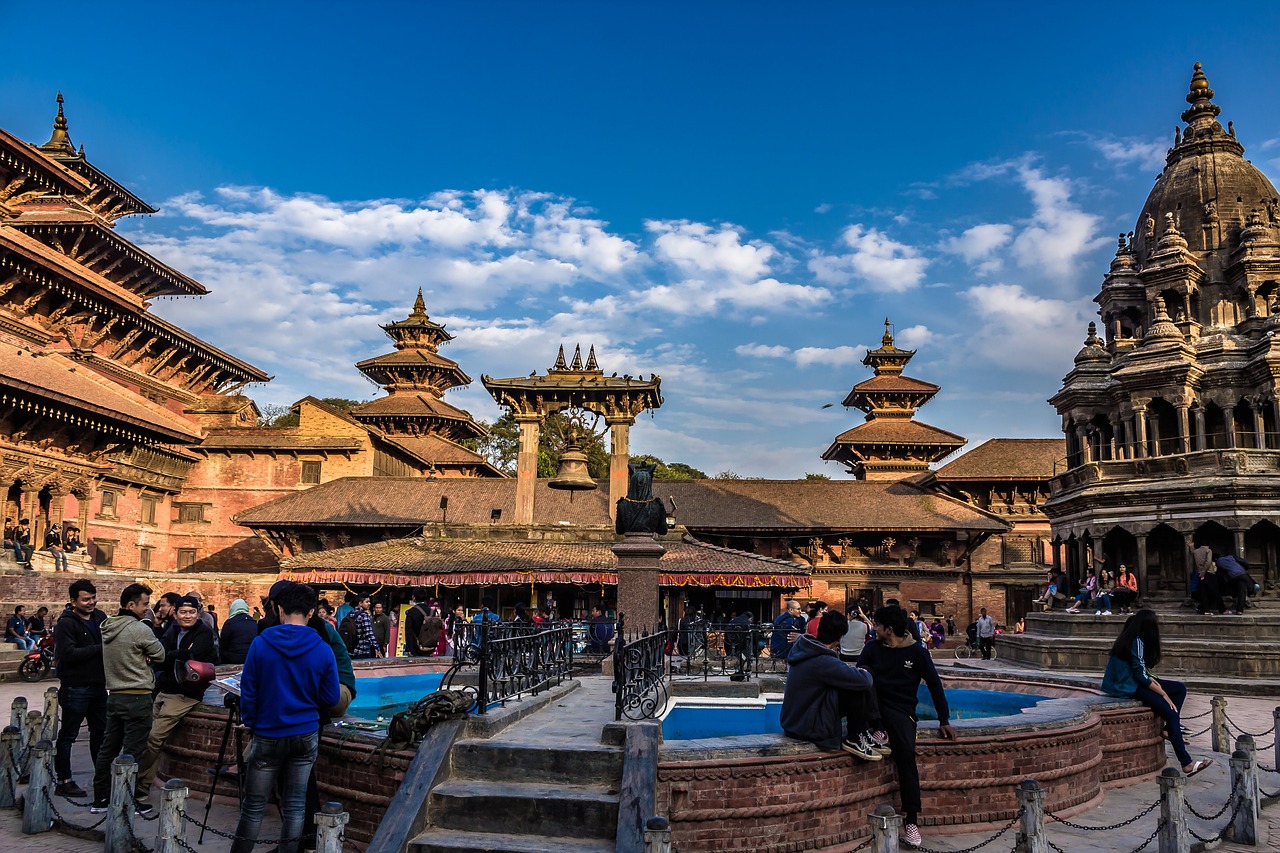


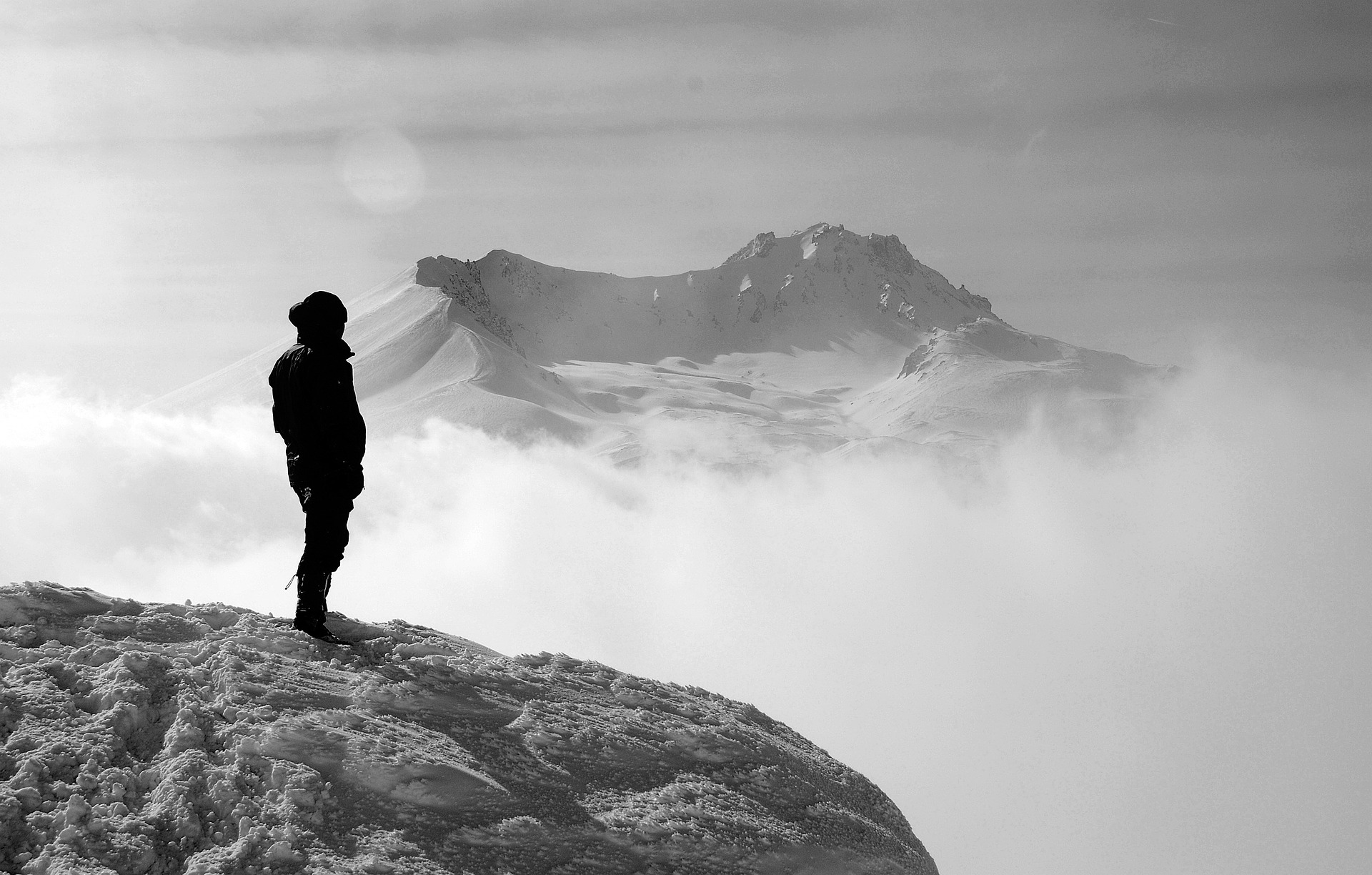
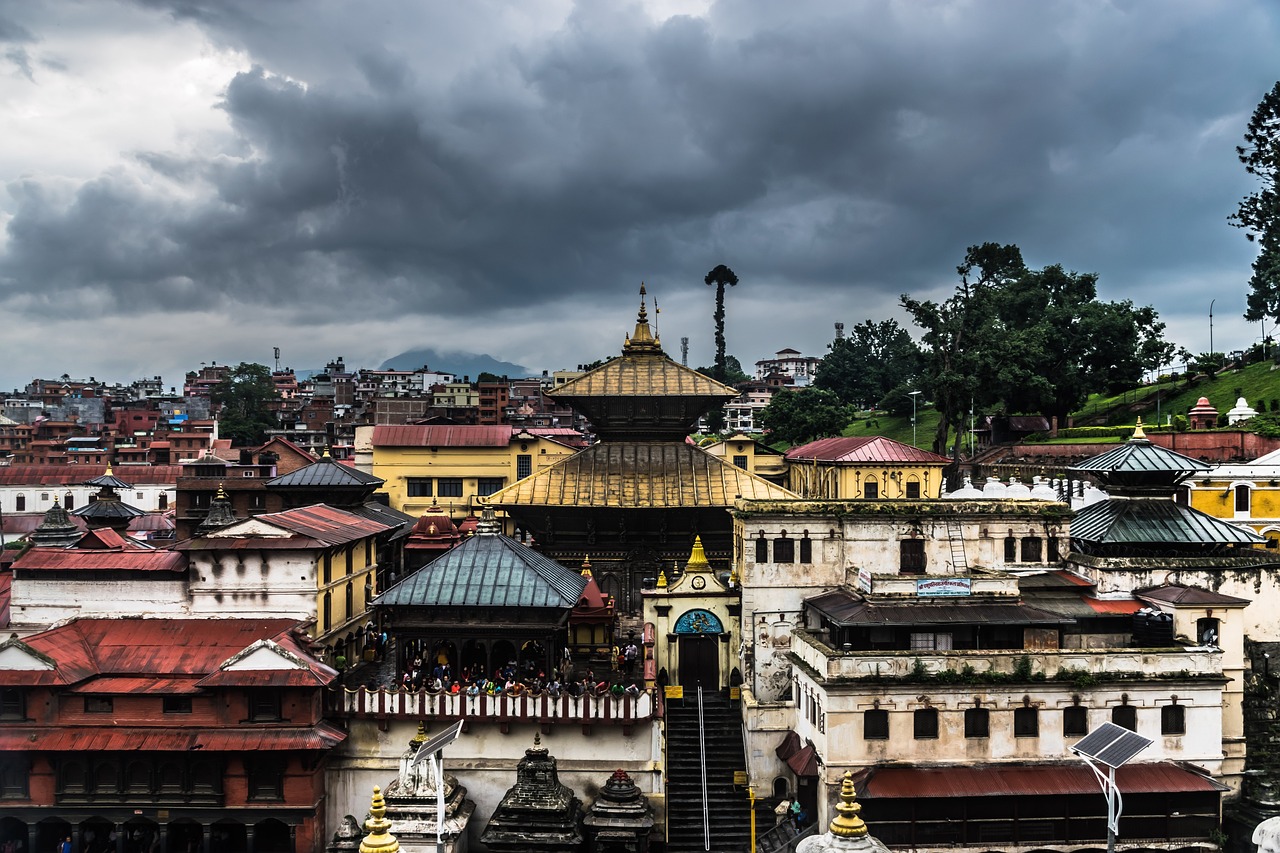
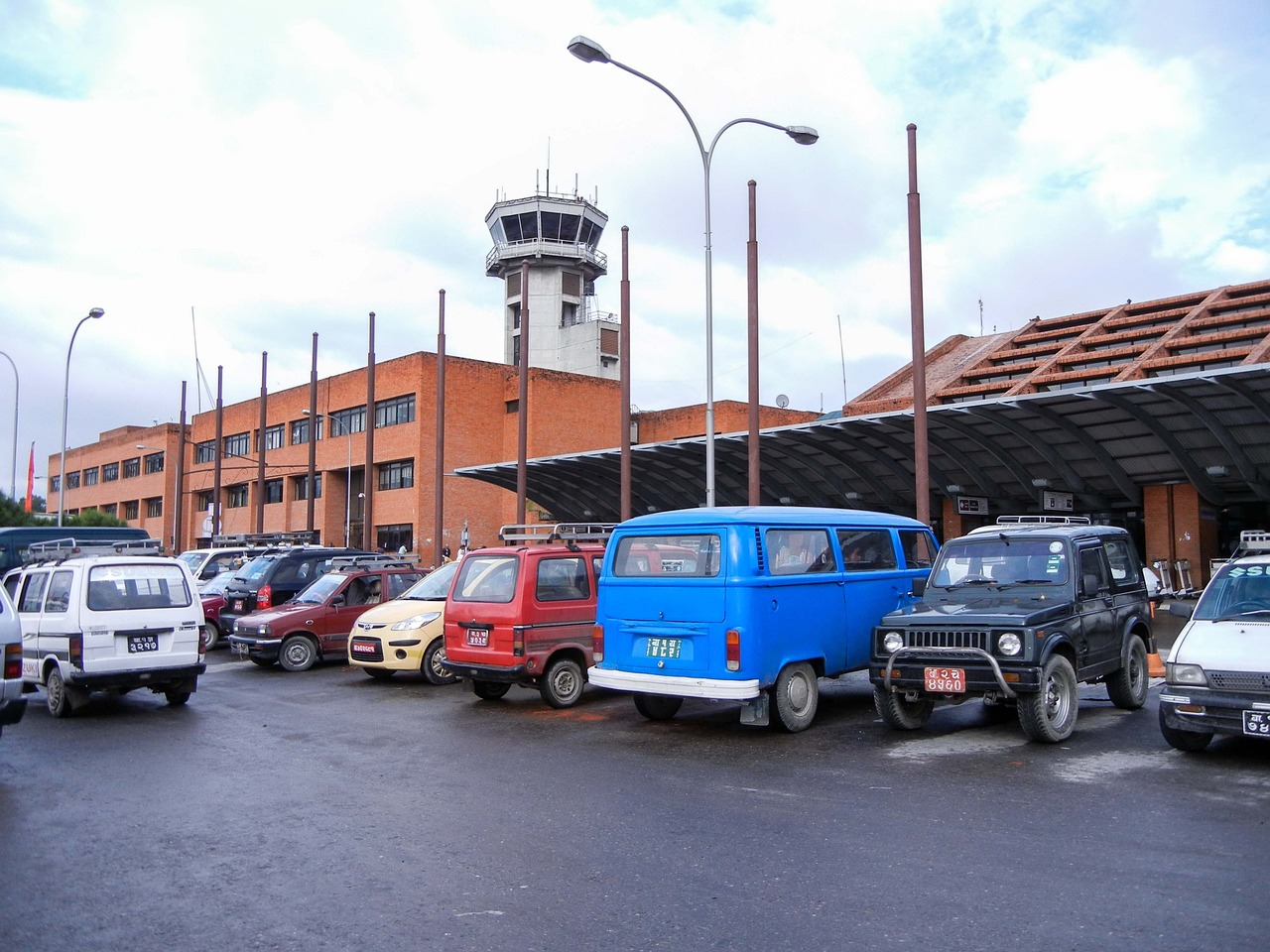
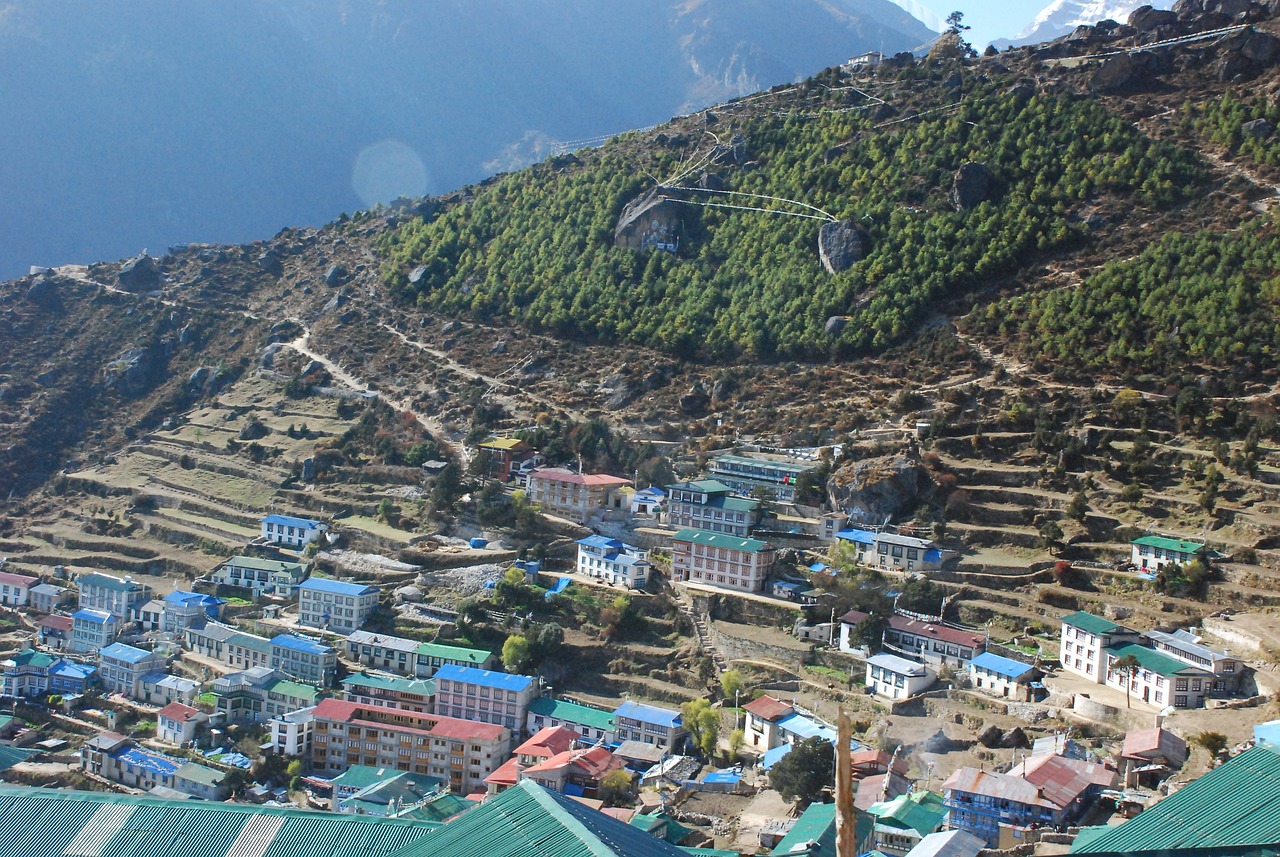
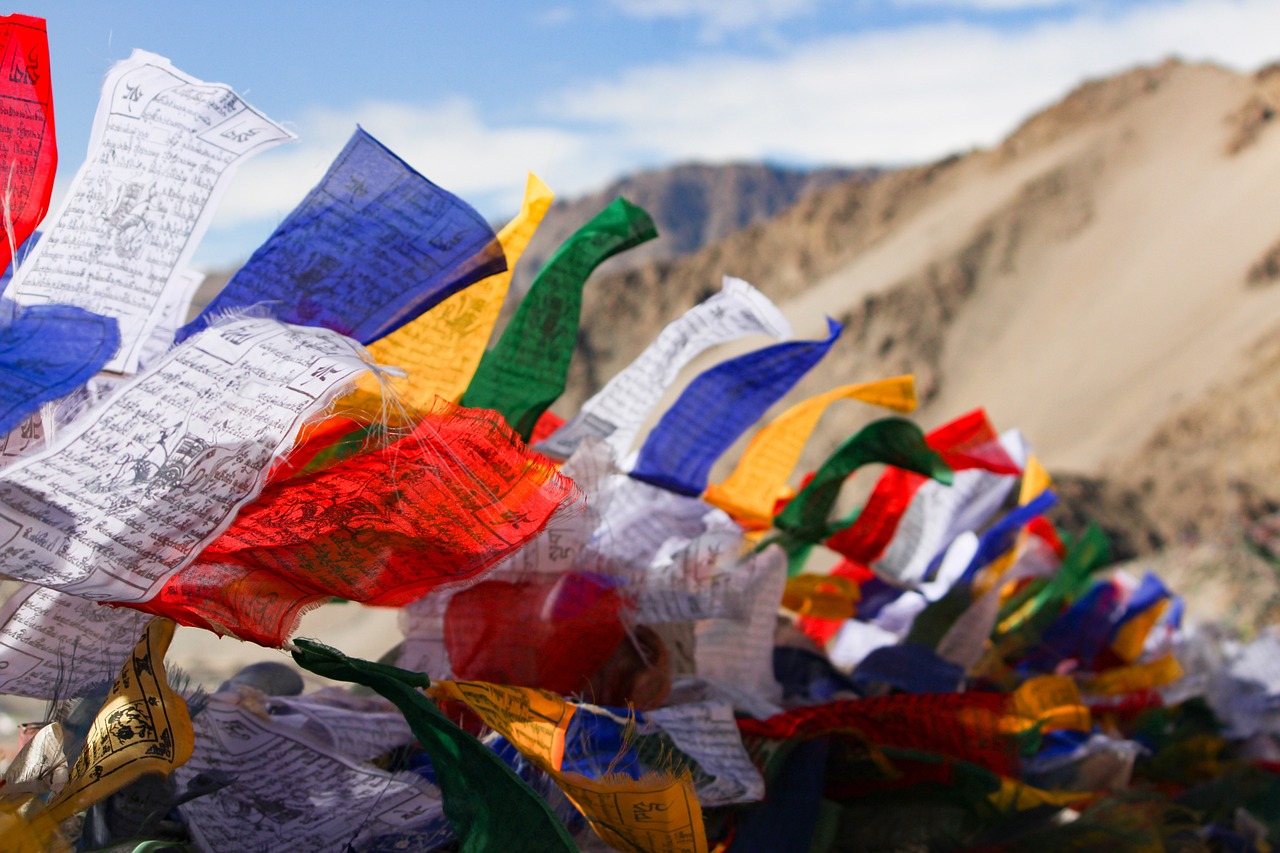



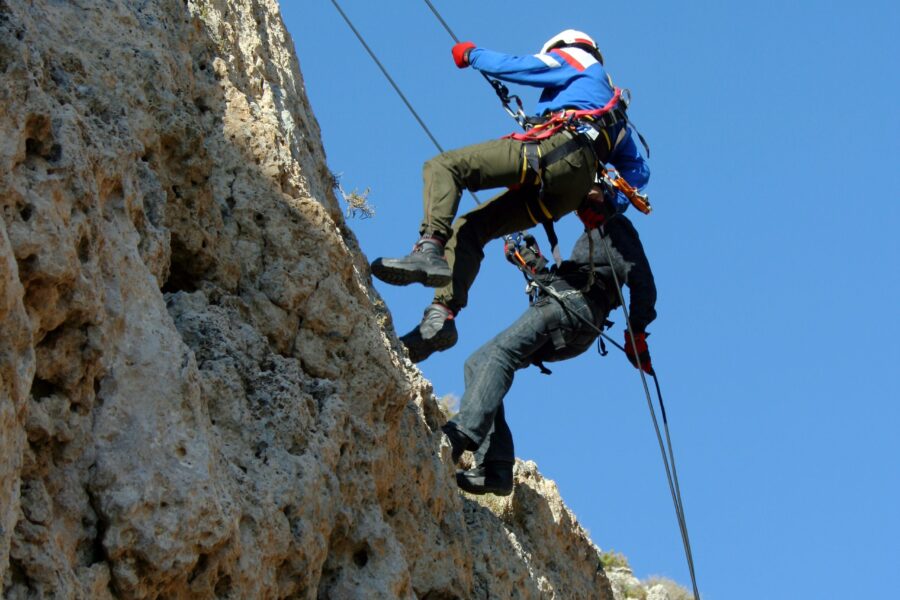
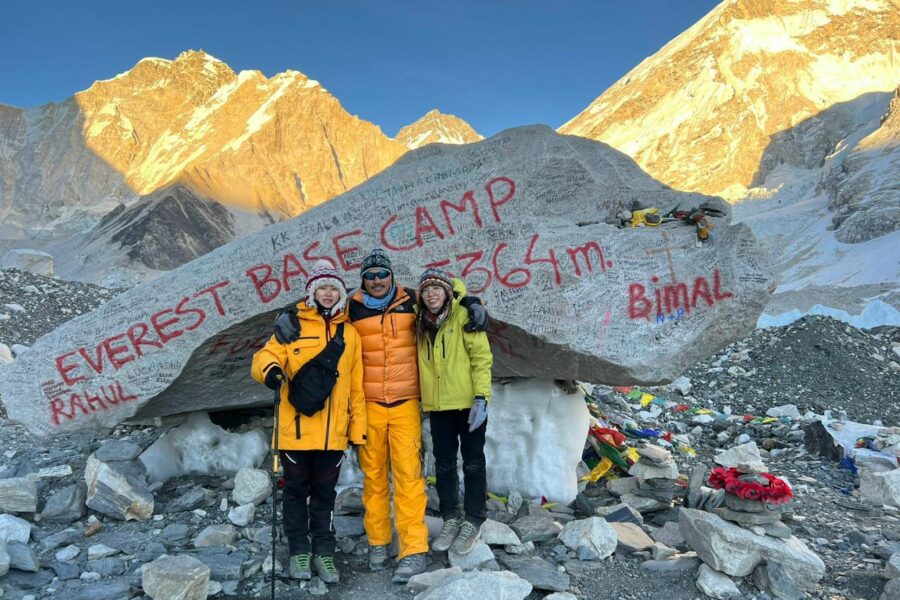
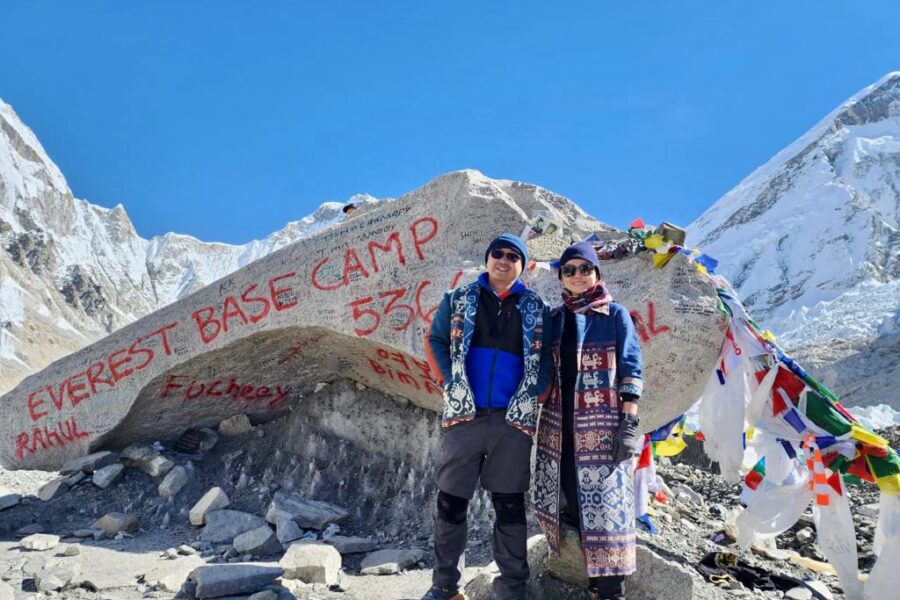
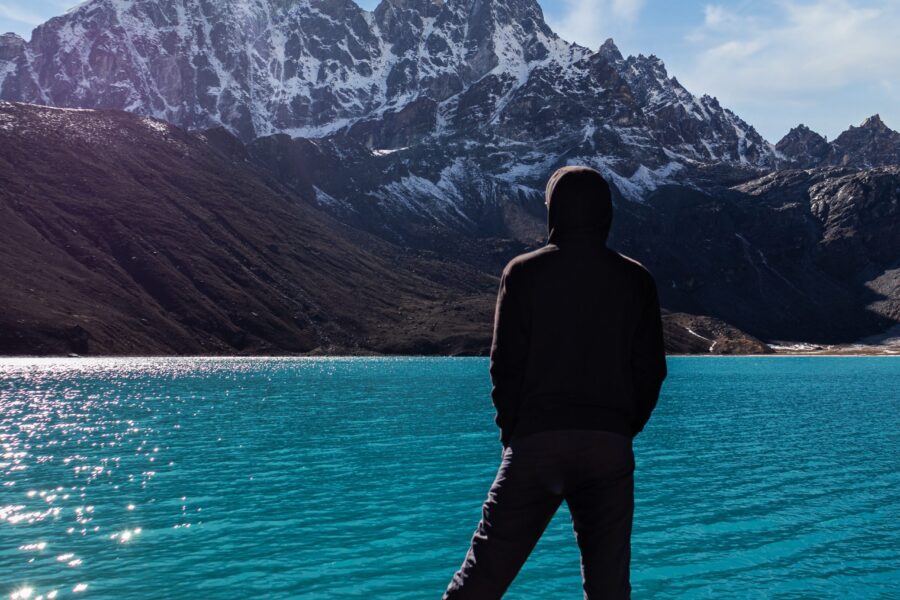


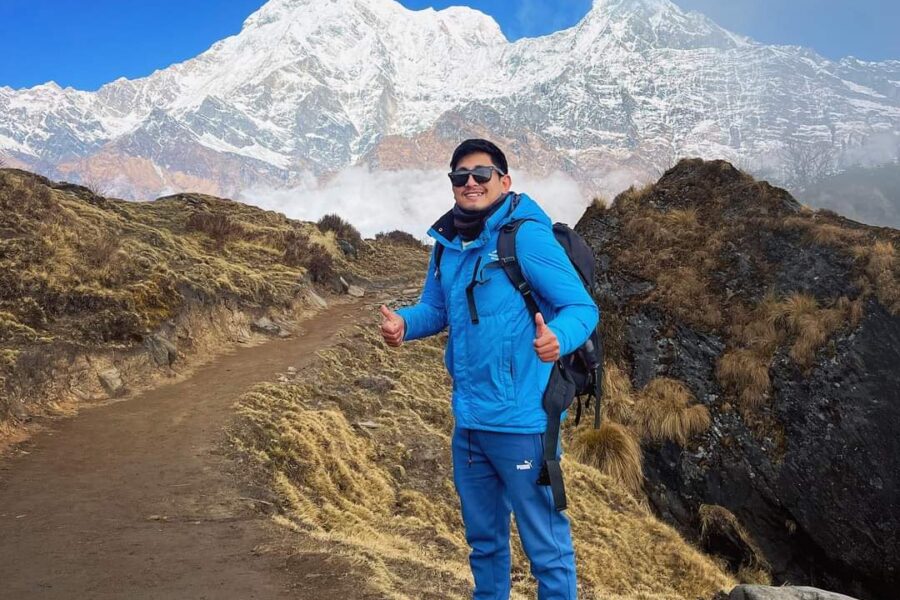
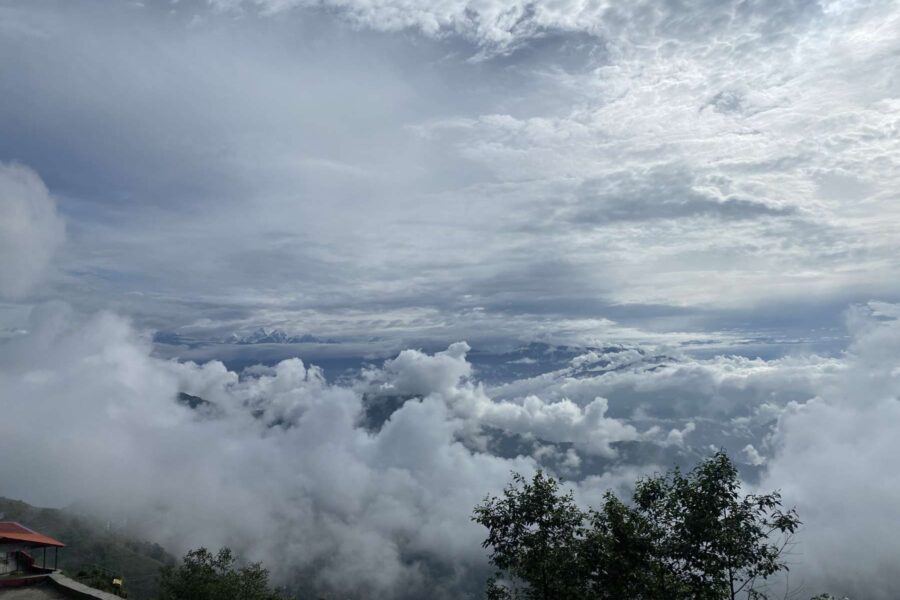
Leave a review